As one of our final projects of the spring session, we created a collaborative canvas art piece. The children worked on the canvas in 7 phases, beginning with this picture of the canvas on the floor. To preserve each phase of the work, I used painters tape to cover up some of the areas on the canvas each time a new group worked on it.
For the second phase, I brought the canvas to a block party in my neighborhood. The kids had a blast going at it with long brushes, rollers, and child-sized mops and brooms.
For our final week of spring classes, each group contributed to the canvas in different ways. Some classes worked on the floor with bouncy bean bags and long tools, while other groups worked on it vertically, attached to an easel.
Each day when the canvas was dry, I added more tape (often with help from Karuna and Aaron). For this project, the tape was placed randomly (except for the small heart at the top), but next time I want to try doing a more planned out design!
The tempera paints don’t keep their true color when painted over, but often turn muddy after many layers. So I decided to let the oldest class use non-toxic acrylic paint to get back to some brighter colors add more texture.
After some painting, the kids decided to stick collage materials onto the canvas… brilliant!
The next day, I wanted to preserve the collage materials from the previous class, so I taped up a large piece of paper over that section of the painting.
I realized that the kids enjoyed having one area that was a blank canvas, so I taped up another piece of paper for the final class.
After 7 phases painting and taping, I spent about 2 hours peeling off all of the tape (much of which was hidden under all those layers!) And here is the final piece…











































































































































































